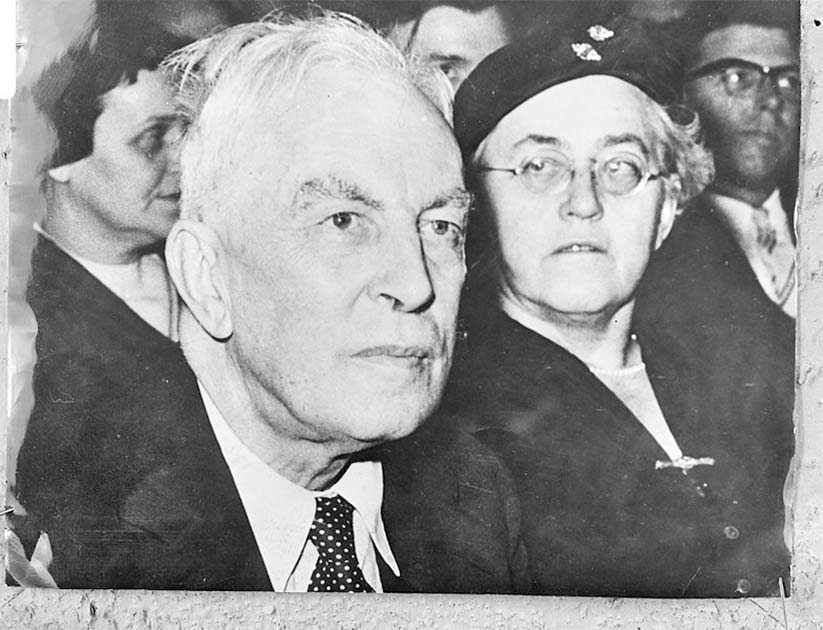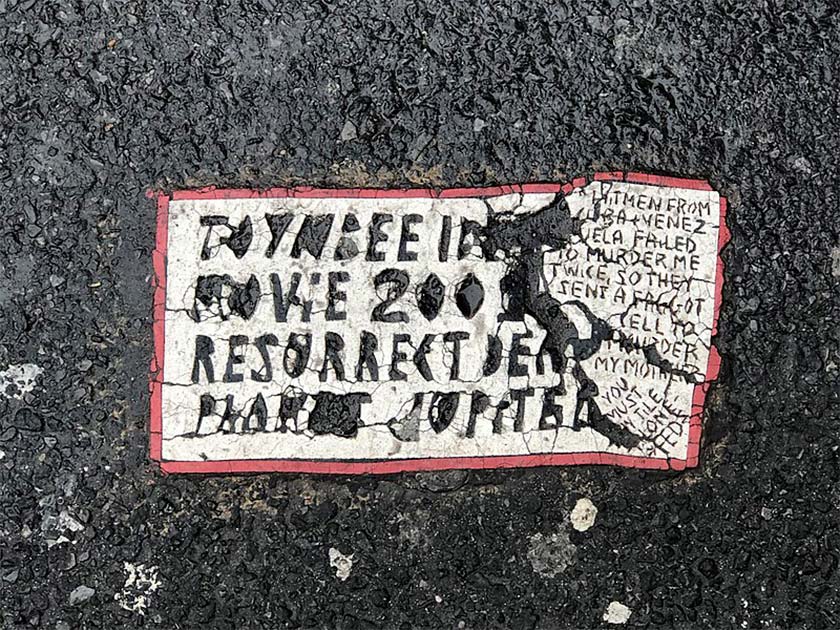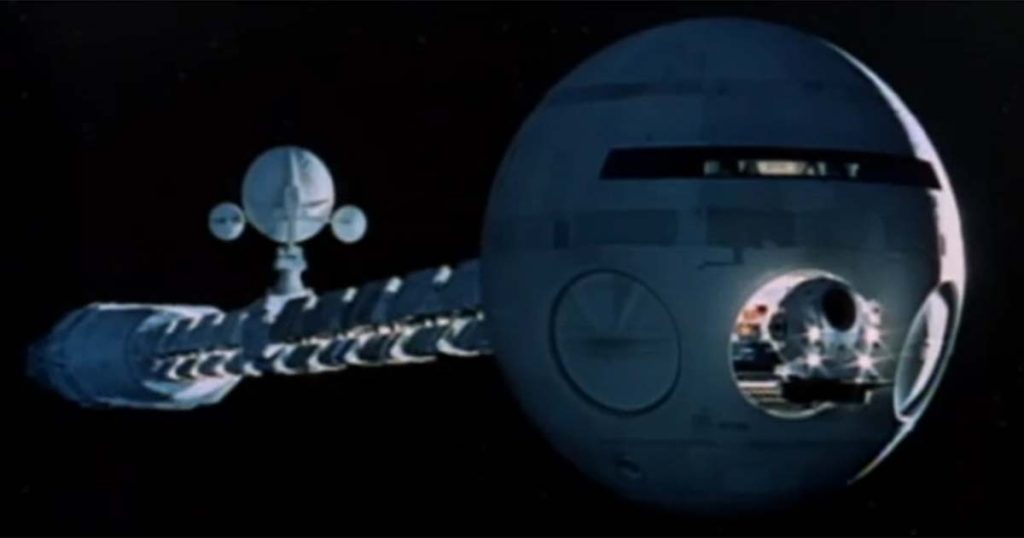Since the 80s, strange messages have been found across the Americas. These Toynbee Tiles, named for a word which often appears in them, are colorful inscriptions which are somehow embedded into the asphalt of roads and pathways.
They often have a variation of the phrase: “Toynbee idea in the movie 2001 resurrect dead on planet Jupiter.” This seemingly nonsense phrase has intrigued people for decades now since its appearance in Philadelphia in the 1980s.
It did not take long for this message to spread through North America and even down into Argentina. These days, the messages are less commentary worthy, but they are still recorded on the website toynbeeidea.com.
The meaning of the phrase has been up for debate. The creator has still not revealed themselves to this day, and we do not even know for sure how they are made and embedded into the ground permanently.
Here is what we know about the Toynbee Tiles.
A Message Across America
The first Toynbee tiles to be photographed were found in the late 1980s, but they were not mentioned in the media until 1994 when the Baltimore Sun published an article on it. However, researchers found that these messages did not start with the tiles, but with something earlier.
In 1983, a letter addressed to the Philadelphia Inquirer referenced a campaign that had similar themes to those mentioned on the tiles. They claimed to have found a correlation between Jupiter, Stanley Kubrick, and the English historian Arnold J. Toynbee, but no explicit mention of the tiles followed.

The tiles have been found since then all across America. From Kansas City, to Boston, to Richmond Virginia, the distinctive designs have been found in roads and sidewalks. They have even been new tiles spotted in the 21st century, though these are thought to be the work of a copycat.
Many of the original tiles have eroded now and so the most notable extant ones are descendants of these. One of the main factors that reveals these are not the same tiles as the originals from the 80s is that they are much larger and have red italic writing on them. These have become more prevalent since 2016.
- Tamám Shud! The Somerton Man: Solved at Last?
- What are the Inscriptions on the Dighton Rock, and Who Wrote Them?
A documentary of the tiles was produced and in this, Justin Duerr, an American artist, writer, and musician, assumes that the Toynbee tiles referred to British historian Arnold J. Toynbee whilst “Kubrick’s 2001’ s a reference to the film 2001: a space odyssey. In that film, a space crew flies to Jupiter.
Toynbee.net however, does not believe that the Toynbee is actually the historian. They believe that the Toynbee tiles referred instead to The Toynbee Convector, which was a short science fiction story written by Ray Bradbury.
The majority of the tiles that have been produced contain very similar texts. More often than not, there will be the original text and then other tiles surrounding it with references to conspiracy theories such as ones suggesting that the press, the government, the USSR, and Jews are all involved in an alliance.
Sometimes there are other clues included in the tiles. One tile that has been found in Santiago, referred to an address: 2624 S. 7th Philadelphia, Pennsylvania.
In 2006, the people who lived in that home were questioned about it but they had no knowledge of what it could mean or why someone would have painted it. However, it was discovered in 2011, that the person who lived them before was a little bit of a recluse and some suspect that this was indeed tile-maker.
This would match other known facts about the Toynbee tile maker. It is generally suspected, for instance, that the Toynbee tiles were created by someone who lived near to Philadelphia, because there are more there, both in number and variety, than have been found in any other place.

Some have sought to solve the messages by finding what links the different people and places in the text. A link to the historian, Arnold J Toynbee, was explicitly noted in letters supposedly written by the original creator of the tiles.
He claimed that Toynbee’s idea from his book was an inspiration, and talks of a puzzle that is yet to be solved. However many believe this is not the true creator of the tiles, but an imposter.
Another link is the one to the science fiction writer Ray Bradbury. He created a story named The Toynbee Convector which followed Toynbee’s idea that if humankind was to survive, they needed to rush to meet the future and aim for the beyond practically possible. The message therefore may be that humankind should strive to colonize Jupiter or do something else that will push humanity.
A playwright named David Mamet has also noted in the past that he believed that the tiles were an homage to his work. In 1983, he wrote a play named 4. AM, published by Goldberg Street in 1985. In the work, a radio host listens to a caller who claims that the movie 2001 aims to reconstitute life on Jupiter. The radio host then points out the fallacies of the caller’s arguments.
The Creator
In 1983, James Morasco, a social worker, contacted many talk shows and newspapers claiming that Jupiter should be populated by Earth’s dead. This idea seemed to stem from Toynbee’s earlier work. Morasco discussed how the theory involved a plan of bringing dead molecules back to life which was depicted in 2001: A Space Odyssey.
In 1996, Doug Worgul, the editor of the Kansas City Star found a Toynbee Tile in Kansas City. Following up on its years later, he was surprised to see it there.
He investigated the handwriting of it and believed that it matched those found in other cities which indicated it was the same creator. In 2003, Worgul attempted to contact Morasco but was informed that he had died the year before. Worgul doubted that Morasco was the tile maker and Morasco’s wife confirmed that he had no interest in Jupiter.

It is almost impossible to tell who the original creator was but many people who followed them, that they were created by the same person. A passionate follower, Justin Duerr, believes that the creator was Severino “Sevy” Verna.
Sevy was a recluse who lived in Philadelphia. Duerr claimed that Morasco was an alias used by Sevy. The tiles all seem to radiate around Sevy’s residence. Duerr even had a theory that Sevy would drive around in his car without a passenger seat so that he could create the tiles without leaving his vehicle. Unfortunately, this cannot be confirmed and has since attracted many, many people.
As of October 2015, the Streets department in Philadelphia has given recognition to these tiles as street art and has been attempting to save some of the tiles. However, they have deteriorated almost to the point of being gone forever.
It would seem that with the loss of the tiles, any hope of finding their creator or understanding the message may be fading too.
Top Image: Toynbee Tile found at the intersection of 13th and Market Street in Philadelphia. Source: Zuzu / CC BY-SA 3.0.
By Kurt Readman